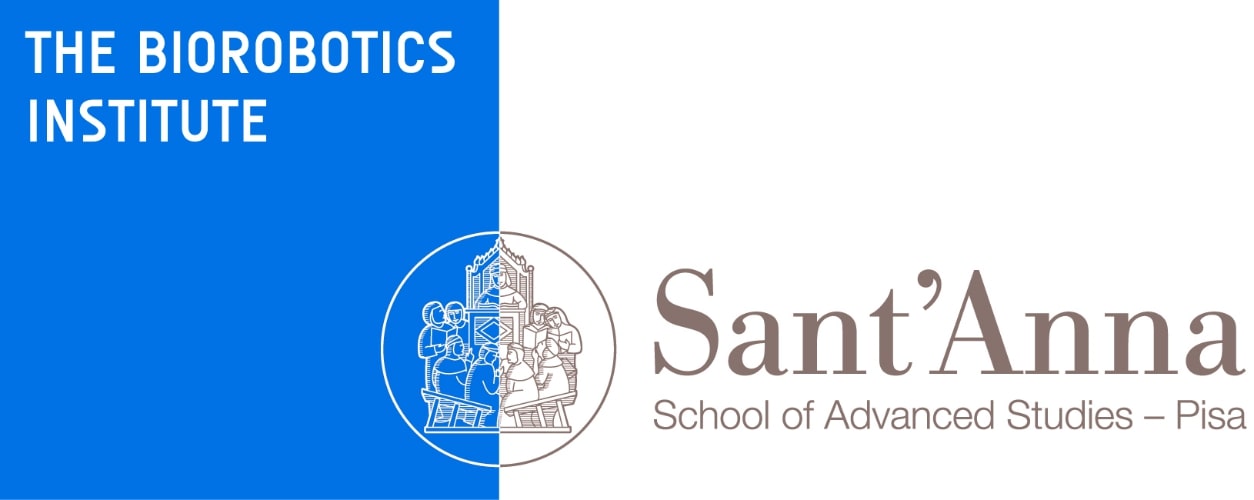WP6 - Robot sensory-motor architectures
This WP aims at developing control strategies and sensory-motor behaviours of self-creating robots. Main strategies are based on CNs and thigmotropic responses in climbing plants. The corresponding reactive control algorithms will be implemented on the embedded control unit to properly direct the growing of the robot in real time. In addition to such reactive, local, behaviours, sensory-motor architectures will be defined for implementing plant-level strategies and mechanisms for overall movement and coordination of climbing parts, as studied in WP3.
Partners involved

Tasks


Activities: The wide and complex amount of data collected by the continuous structure will be elaborated using computational techniques, such as neural network algorithms, machine learning tools, and particle filter technique.
Expected results: The embedded control will monitor variation to detect stimuli; it will be able to distinguish from noise (e.g., rain, wind) and a real stimulus (touch and obstacle), and command the needed relative action to perform.




Activities: This task aims at extracting the fundamental behaviour coming from the analysis of the state of the art and experimental activities performed on tropisms and CNs in WP3. A bioinspired control algorithm will be implemented and then tested on the developed simulator and on the robot.
Expected results: This algorithm will drive the growing of the robotic structure on the basis of the stimuli and it will permit the exploration of the environment by circumnutations. Moreover, the tropism-based behaviour will allow the robot to perform source localization tasks.


Activities: This task aims at developing a behavioural architecture for robots that builds up on the algorithm from Task 6.2. The behavioural architecture will implement the climbing-plant strategies and mechanisms for coordinating the overall behaviour, to be able to avoid obstacles or follow a growing task, by taking advantage from wrapping around supports and creating anchor points for the structure. The behaviour will have the decisional component to allow the switching of tasks (e.g. by setting different stimulus priorities).
Expected results: A new concept of robot sensory-motor architecture and the algorithm for controlling the behaviour of the climbing-plant-inspired robot in a task involving more than one robot’s climbing structures.
Gallery
(coming soon)
Outcomes
(coming soon)
Deliverables' List
The result of Task 6.1 will be a data signal processing algorithm for elaborating the data acquired along the structure and provide information about the resulting stimuli.
Accepted (confidential)
Implementation of algorithm for robot/growing management on the basis of the stimuli and it will permit: the exploration of the environment by circumnutations and source localization.
Accepted (confidential)
The expected result is a new concept of robot sensory-motor architecture and the algorithm for controlling the behaviour of the climbing-plant-inspired robot in a task involving more than one robot’s climbing structures.
Accepted (confidential)